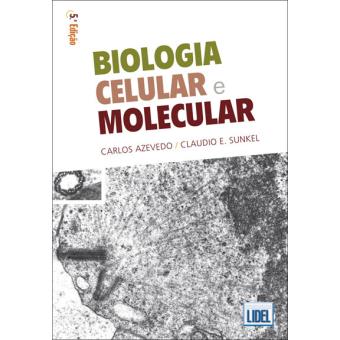Carlos Azevedo Biologia Celular Molecular Pdf Reader

Promising mechanism against Trypanosoma cruzi. The current drugs used to treat this disease have limited efficacy and produce severe side effects. Create, manage and view the most competitive decks in Clash Royale. You can also view which Clash Royale cards are the most used, most effective and best counters to.
A new ceratomyxid parasite was examined for taxonomic identification, upon being found infecting the gall bladder of Hemiodus microlepis (Teleostei: Hemiodontidae), a freshwater teleost collected from the Amazon River, Brazil. Light and transmission electron microscopy revealed elongated crescent-shaped spores constituted by two asymmetrical shell valves united along a straight sutural line, each possessing a lateral projection. The spores body measured 5.2 ± 0.4 µm (n = 25) in length and 35.5 ± 0.9 µm (n = 25) in total thickness.
The lateral projections were asymmetric, one measuring 18.1 ± 0.5 µm (n = 25) in thickness and the other measuring 17.5 ± 0.5 µm (n = 25) in thickness. Two equal-sized subspherical polar capsules measuring 2.2 ± 0.3 µm in diameter were located at the same level, each possessing a polar filament with 5-6 coils. The sporoplasm was binucleate. Considering the morphometric data analyzed from the microscopic observations, as well as the host species and its geographical location, this paper describes a new myxosporean species, herein named Ceratomyxa microlepis sp. Nov.; therefore representing the first description of a freshwater ceratomyxid from the South American region.
Light and transmission electron micrographs of Ceratomyxa microlepis sp. Infecting the gall bladder of Hemiodus microlepis collected from the Amazon River. 1: several free unfixed spores observed by differential interference contrast microscopy.
Ceratomyxa microlepissp. () Description - The spores displayed crescent-shape with a convex anterior pole and a slightly concave posterior pole (), measuring 5.2 ± 0.4 µm (n = 25) in length and 35.5 ± 0.9 µm (n = 25) in total thickness (, ). Two asym-metric conical shell valves united along a straight sutural line (, ), each possessing an elongated lateral projection with slightly different thickness and shape (, ). In one shell valve, the lateral projection was 18.1 ± 0.5 µm (n = 25) thick and tapered into a blunt end, while in the other shell valve, the lateral projection was 17.5 ± 0.5 µm (n = 25) thick and displayed a rounded end (, ). The lateral projections were a continuation of the cytoplasmic material of the spore, as well as of the wall of the shell valves, which was comprised of a continuous external layer of dense material and a continuous internal layer of lighter material ().
Two equal-sized subspherical polar capsules were located side by side and measured 2.2 ± 0.3 µm in diameter (n = 30) (,, ). The wall of these polar capsules was comprised of a continuous external dense layer and an internal hyaline layer (), which displayed extrusion pores located near the sutural line at the anterior pole of the spore. An electron dense stopper closed each extrusion pore, preventing extrusion of the polar filament ().
Inside the polar capsules the isofilar polar filament coiled in five-six turns and appeared obliquely arranged, forming an angle of about 58º-60º to the longitudinal axis of these structures (, ). The sporoplasm was irregular in shape and displayed two nuclei randomly positioned in its matrix (, ). The cytoplasm of the shell valves contained several dense reserve bodies and vesicles ().
Radiohead Drill Ep Rar. A schematic drawing of a spore is shown in, allowing recognition of its overall ultrastructural aspects.